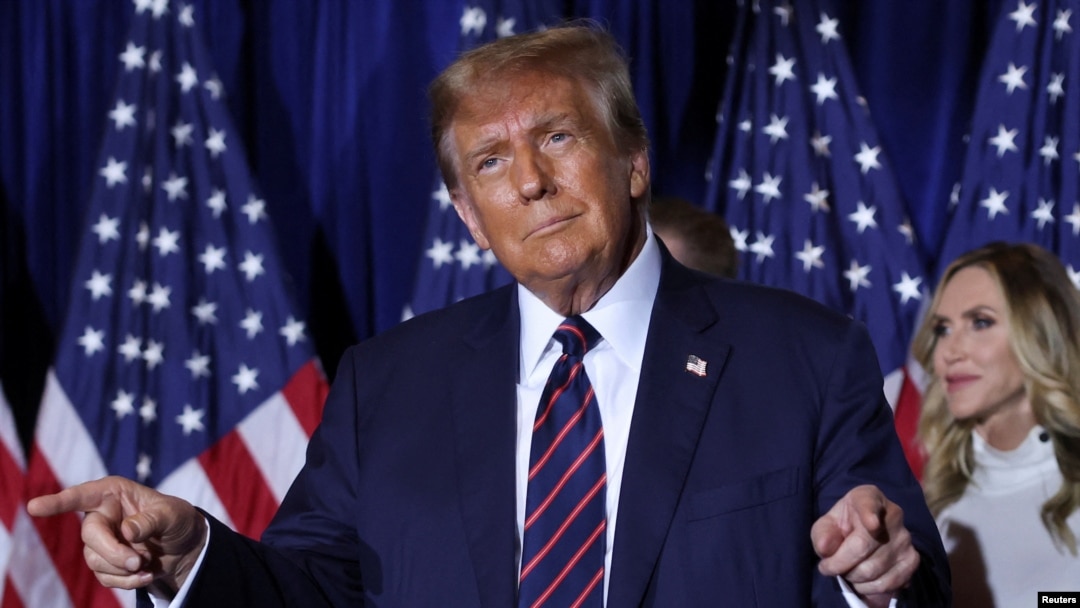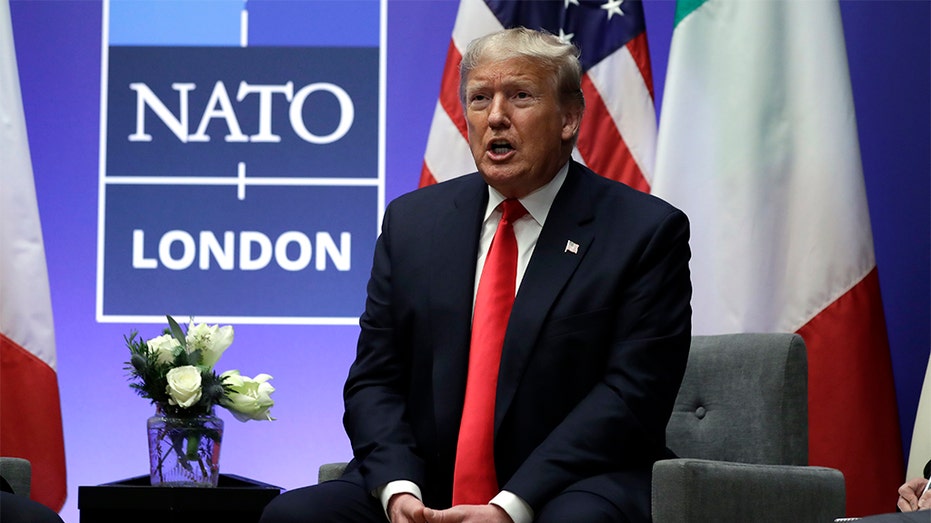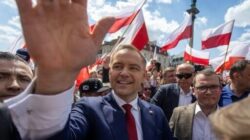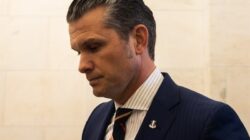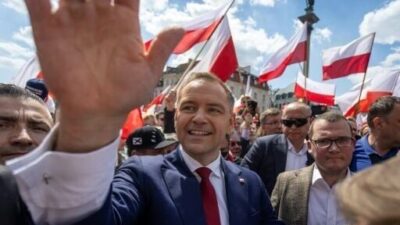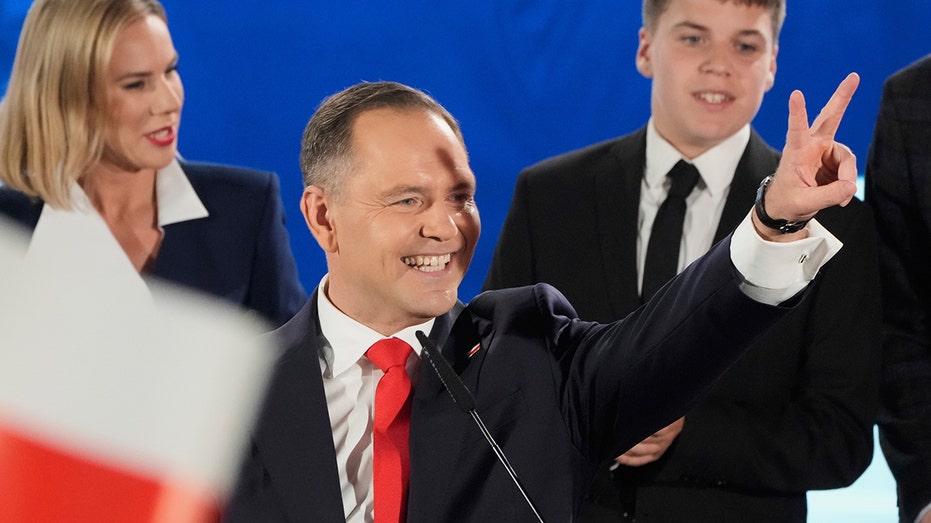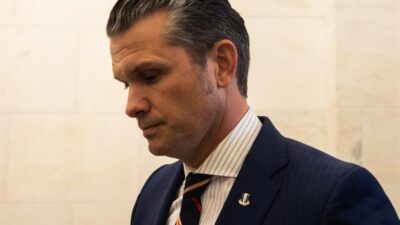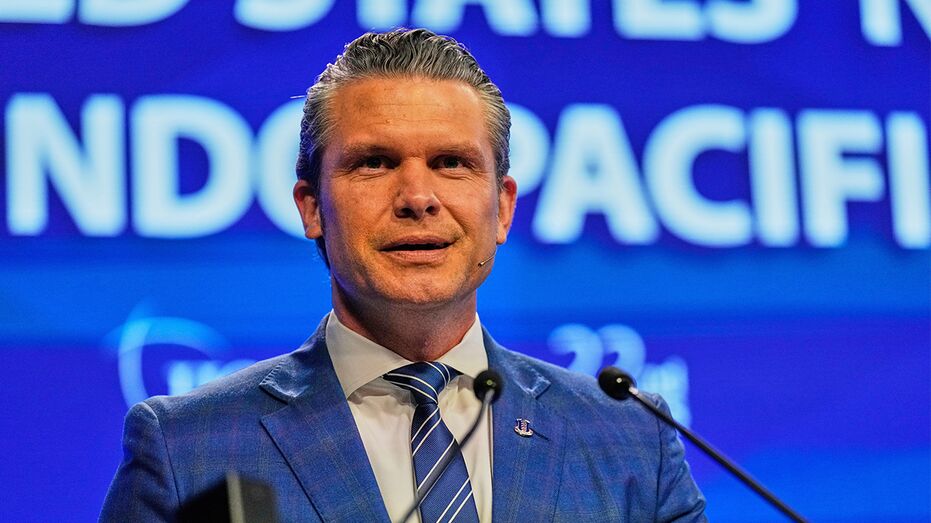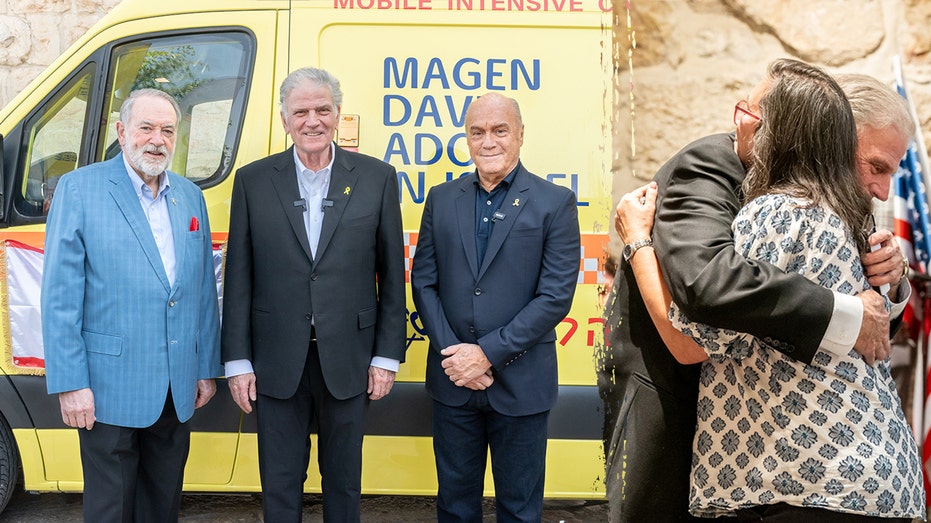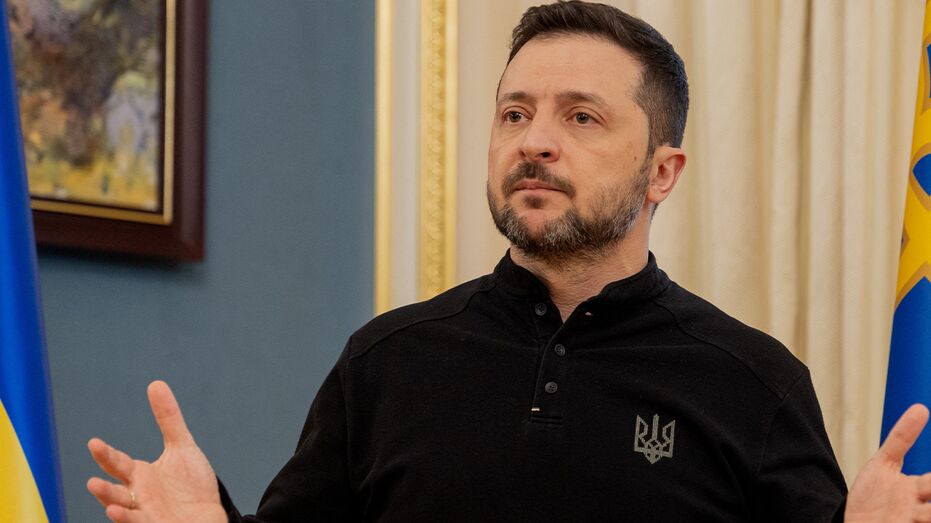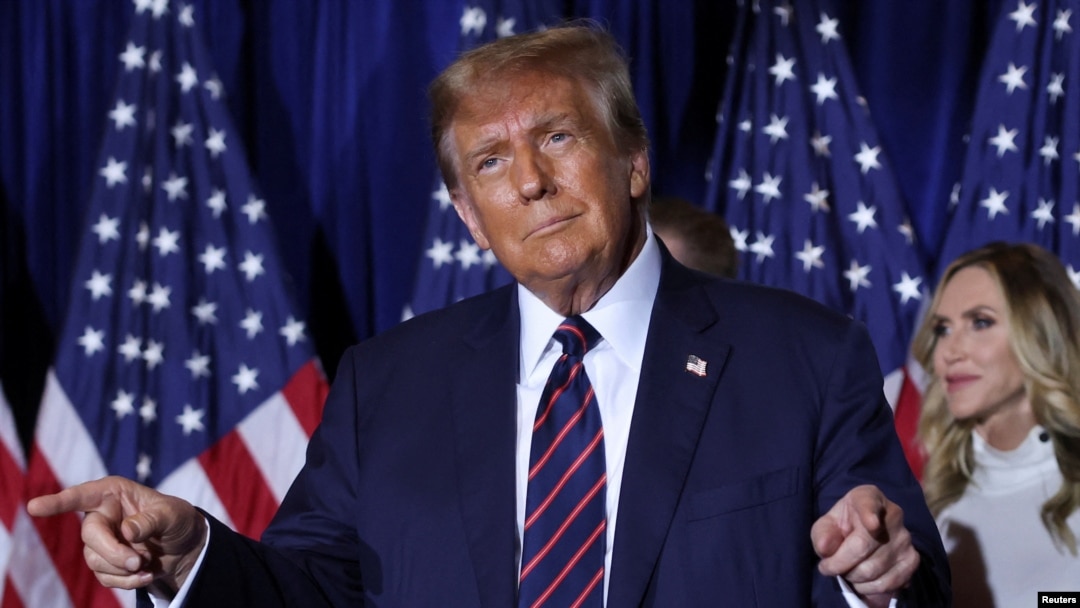
Increased Defense Spending on NATO Agenda Amid Russian Threats
A coalition of four NATO leaders and a representative from the European Union convened on Sunday to address pressing geopolitical issues. The summit culminated in a consensus that higher defense spending is essential as Russia continues to pose a significant security threat in Europe, particularly in light of the ongoing conflict in Ukraine. This urgent decision arises as Western nations brace for the upcoming Trump administration and the potential policy shifts it could bring.
Summit Insights from Lapland
Held in the scenic region of Lapland, Finland, the North-South Summit featured significant discussions led by Greek Prime Minister Kyriakos Mitsotakis. During his address, Mitsotakis pointed out that NATO’s longstanding defense spending target of 2% of each country’s GDP could soon become outdated.
“We know we need to spend more than 2%,” said Mitsotakis. “However, the precise figure will likely become clearer once we engage with the new president and discussions progress within NATO.” The leaders acknowledged their consensus on the necessity for heightened financial commitments, yet fell short of agreeing on a new specific target.
Trump’s Potential Influence on NATO Spending
This summit occurs in a context where reports suggest that President-elect Donald Trump might propose raising NATO’s defense spending threshold to 5% of each member nation’s GDP. Should this significant shift materialize, all NATO members—including the United States, which currently allocates just over 3%—would need to undertake serious adjustments to their defense budgets.
The Trump transition team has not yet confirmed details regarding this bold proposed policy change. A spokesperson noted, “President Trump believes European nations must fulfill their NATO defense spending obligations and shoulder a greater share of the conflict burden. The U.S. has disproportionately paid more, which is an unfair strain on our taxpayers. He will take the steps necessary to restore peace and rebuild America’s strength on the world stage.”
Concerns from European Leaders
The summit, orchestrated by Finnish Prime Minister Petteri Orpo, also included Swedish Prime Minister Ulf Kristersson, Italian Prime Minister Giorgia Meloni, and EU foreign policy chief Kaja Kallas. The assembled leaders echoed concerns about the ongoing threat from Russia while urging caution regarding assumptions about the Trump administration’s intentions.
Meloni urged patience in interpreting the new U.S. administration’s plans, stating, “I would wait to fully understand the intentions of the new U.S. president. When it comes to NATO, we know we must do more. Much depends on the resources and tools we can bring to the table.”
In echoing this sentiment, Orpo emphasized the need for Europe to assume greater responsibility for its security: “European countries need to display strong leadership in both the EU and NATO. [Russia] is consolidating power and attempting to sow division in Europe. Additionally, the geopolitical challenges stretch beyond Ukraine, spanning regions like the Middle East and North Africa,” he remarked.
Kristersson highlighted the urgency for increased defense spending as a means to diminish Europe’s dependence on the U.S. as NATO’s primary financial backer. “We must demonstrate to Washington that we take defense seriously,” Kristersson insisted.
A Historical Perspective on NATO Defense Spending
The pressure surrounding defense spending is not new; during Trump’s first term, he strongly urged NATO allies to meet the 2% defense spending target. This pressure resulted in a measurable increase, with the number of allies complying rising from five nations in 2016 to nine by 2020. However, after Trump left office in 2021, compliance reverted to merely six nations.
The dynamics shifted again following Russia’s 2022 invasion of Ukraine, prompting NATO countries to reassess their defense budgets significantly. Projections indicate that by 2024, a remarkable 23 out of 32 NATO nations might meet or exceed the 2% spending target. Notably, only Poland allocates over 4%, while Greece, Estonia, Latvia, and the United States spend more than 3% of their GDP on defense.
Yet, several NATO members—including Croatia, Portugal, Italy, Canada, Belgium, Luxembourg, Slovenia, and Spain—have yet to align with the alliance’s defense spending guidelines.
Looking Ahead: The Path Forward for NATO
As discussions continue within NATO and the broader international community, the debate surrounding necessary levels of defense spending remains contentious. European leaders are in consensus regarding the importance of bolstering their defense capabilities, yet the extent of financial commitment and coordination with the incoming U.S. administration remains pivotal in shaping the future of NATO and its capacity to address global threats effectively.
The uncertainties surrounding political dynamics and fiscal policies underscore the complexity of the task ahead. As NATO allies navigate these challenges, collaborative efforts will be essential in either adapting to new geopolitical realities or solidifying their strategic alliances in an increasingly polarized world.

